WORLD-FAMOUS COMPOSERS IN THE ANNALS OF OUR CITIES
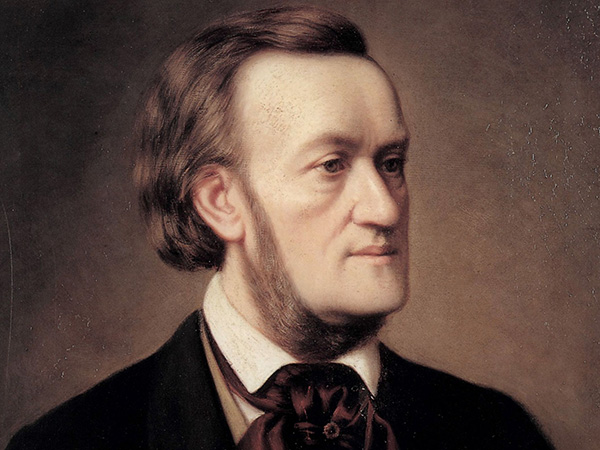

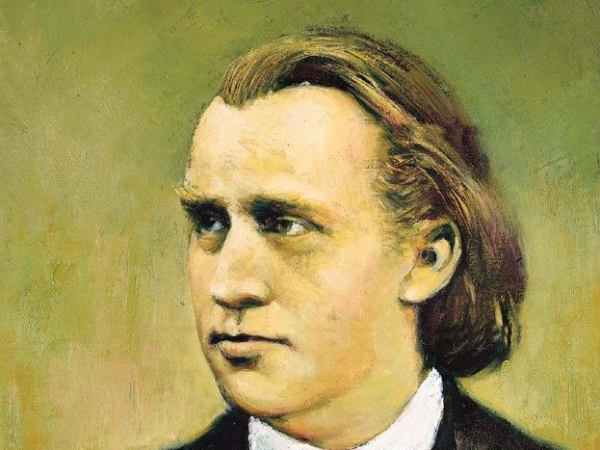
Germany is known as a land of great composers. Their works can be heard around the world – and not least of all in concert halls, churches and cathedrals throughout Germany’s historic cities.
Significant musical history was written by Johann Sebastian Bach. His family lived for years in Erfurt.
This composer from the period of Baroque is recalled by a tour called “Following Bach through the City”. Every year, Erfurt also hosts the “Thüringische Bachwochen” (Thuringian Bach Weeks) – an excellent tradition that offers much for music lovers.
Brahms composed his “Third Symphony” in Wiesbaden, and Wagner worked on his opera “Die Meistersinger of Nürnberg” (The Mastersingers of Nuremberg) in a nearby villa on the Rhine River.
Wolfgang Amadeus Mozart also has roots in Germany’s Historic Highlights cities. His father, Leopold Mozart, was born in Augsburg in a house that is still standing and houses a museum.
Consequently Augsburg is understandably proud of its Mozartian heritage. So much so, that the ‘Mozart@Augsburg’ festival celebrates its musical Mozart heritage in Germany´s Mozart city.
Since 1921, Würzburg has been hosting an annual Mozart Festival at its famous Würzburg Residence, a UNESCO world heritage site. The festival is one of the leading music festivals in Germany and many internationally renowned artists have performed here over the years.
Although Bonn, just to the north, is better known as the birthplace of Ludwig von Beethoven, the world’s largest private Beethoven exhibition is in Koblenz. It was in the house at Wambachstrasse 204 that the composer’s mother, Maria Magdelena, was born in 1746.
Today, the “Mutter-Beethoven-Haus” (Mother-Beethoven-House) also houses documents and letters of cultural figures of the period.
RICHARD WAGNER
THE COMPOSER OF THE MASTERSINGERS

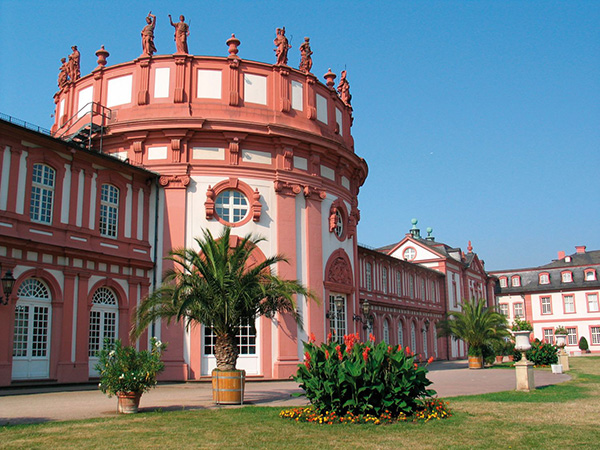
Richard Wagner’s opera “Die Meistersinger von Nürnberg” (The Mastersingers of Nuremberg) drew its material from the German music history and refers to the minnesang of the so-called “Meistersinger” (mastersingers).
In order to be able to compose in peace, Wagner moved into the country house “Villa Annica” at the bank of the Rhine river in Wiesbaden-Biebrich. From the large living room, he was able to see the baroque “Schloss Biebrich” (Biebrich Castle). The visits to the casino and to the theater in Wiesbaden were a welcome change for him. The overture of the “Meistersinger” was finally created.
To this day, the Richard Wagner Park in Wiesbaden represents Wagner’s original plans of creating an opera house there. However, this project was eventually realized in Bayreuth. Wagner also had a significant influence on the local woodwind manufacturer Wilhelm Heckel. He followed the wishes of the composer and built a baritone-oboe for him – the “Heckelphon” became worldfamous.
The workshop still exists in Wiesbaden and is one of the oldest woodwind manufacturers ever.
WALTHER VON DER VOGELWEIDE
MEDIEVAL CAREER WITH MINNESANG
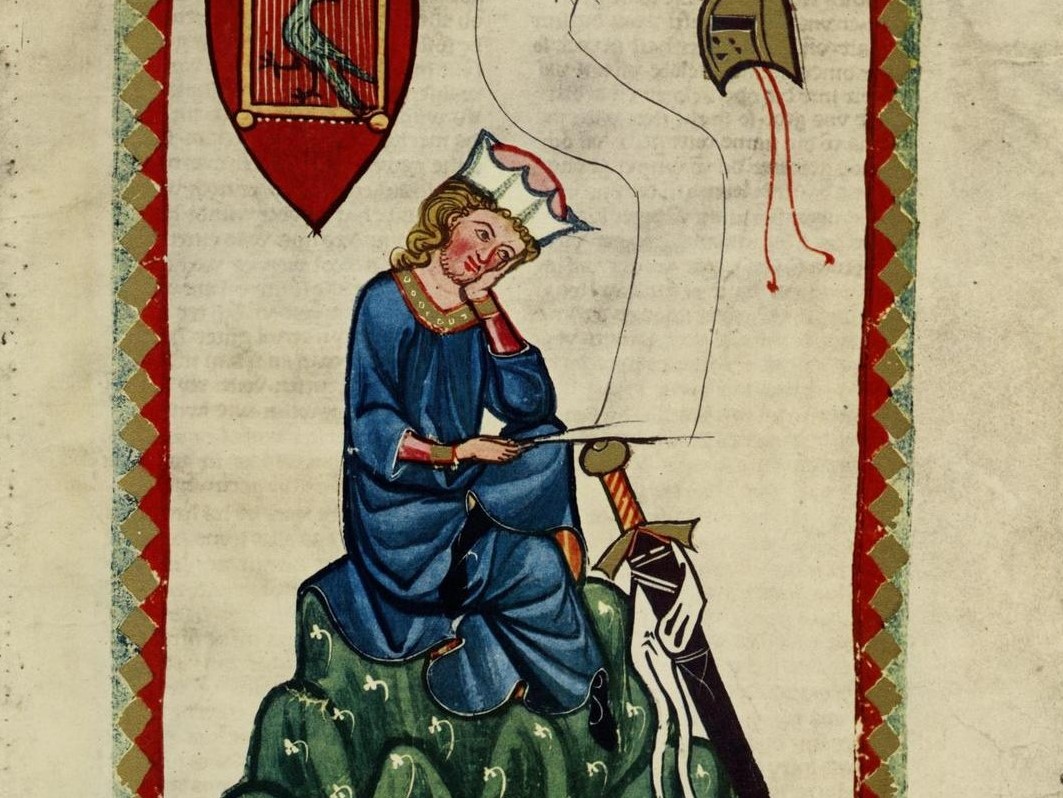
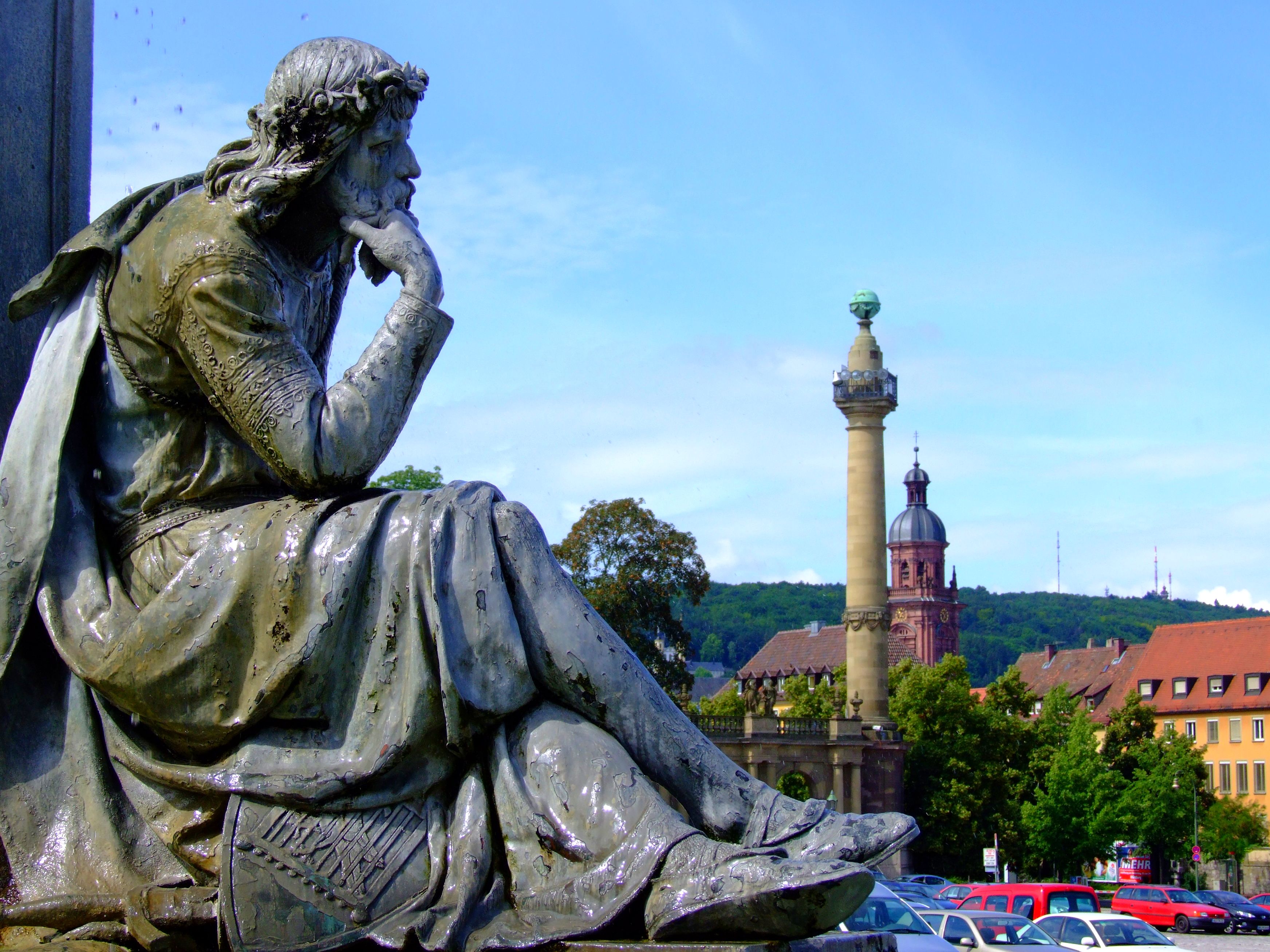
The 12th century was the great epoque of courtly rituals. Table etiquette and manners were refined. In lyric poetry,minnesang became very popular. The relationship between man and woman that was portrayed in minnesang (minne = love), was totally new back then.
One of the most famous minnesingers of that period was Walther von der Vogelweide who worked in Würzburg. Among the so-called “Meistersinger” (mastersingers) of the Late Middle Ages, Konrad von Würzburg was considered one of the “Twelve old masters” of minnesang.
Frauenlob’s particular merit was the authorship of the Codex Manesse, also known as the “Große Heidelberger Liederhandschrift” (medieval songbook). This is the largest and most famous German song manuscript of the Middle Ages.
Since 1888, the manuscript is again preserved in the library of Heidelberg University and one facsimile is constantly presented in the foyer of the library’s second floor.
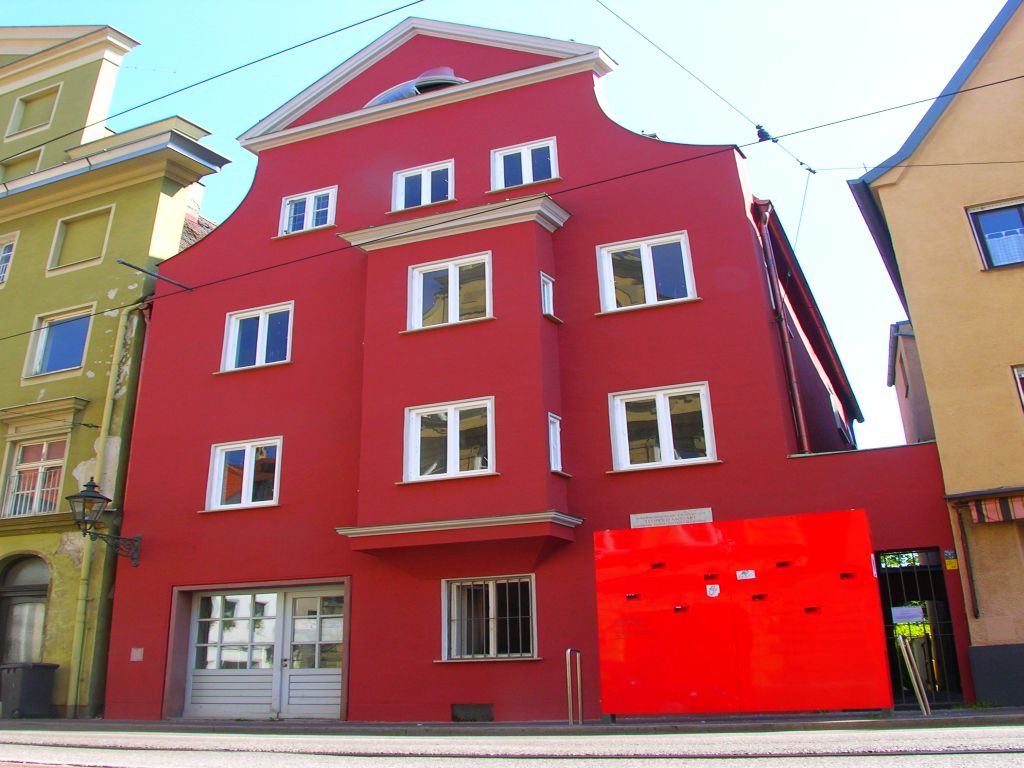
Our diverse range of museums
THE MOZART HOUSE
Surpassed only by Vienna and Salzburg, Augsburg is the next most significant city in the life of Wolfgang Amadeus Mozart. Paternally, the Mozarts are a Swabian family. The first ancestors of the composer came from today’s administrative district of Augsburg. In 1643 the first of these ancestors migrated to and became a citizen of the city of Augsburg. Buildings, monuments and monumental plaques serve as reminders of the Mozarts who themselves were master builders, sculptors and bookbinders. Wolfgang Amadeus Mozart traveled to “my daddy’s hometown” five times. He experienced his first love affair with his cousin, the Augsburg “Bäsle”.
Wolfgang Amadeus’ father Leopold Mozart was born on November 14, 1719 in the “Mozarthaus” (Mozart House) (Frauentorstrasse 30). Leopold was the discoverer of his son’s musical genius, and served as his music teacher, his only educator and the “manager” of his travels. The newly decorated Mozart House displays paintings, engravings and artwork related to the Swabian Mozart family, Leopold and Wolfgang Amadeus and the travels of the Mozarts throughout Europe as well as original instruments of this time period. The nearby “Kleiner Goldener Saal Augsburg” (Small Golden Hall Augsburg) serves as a reminder of the school which Leopold Mozart attended.
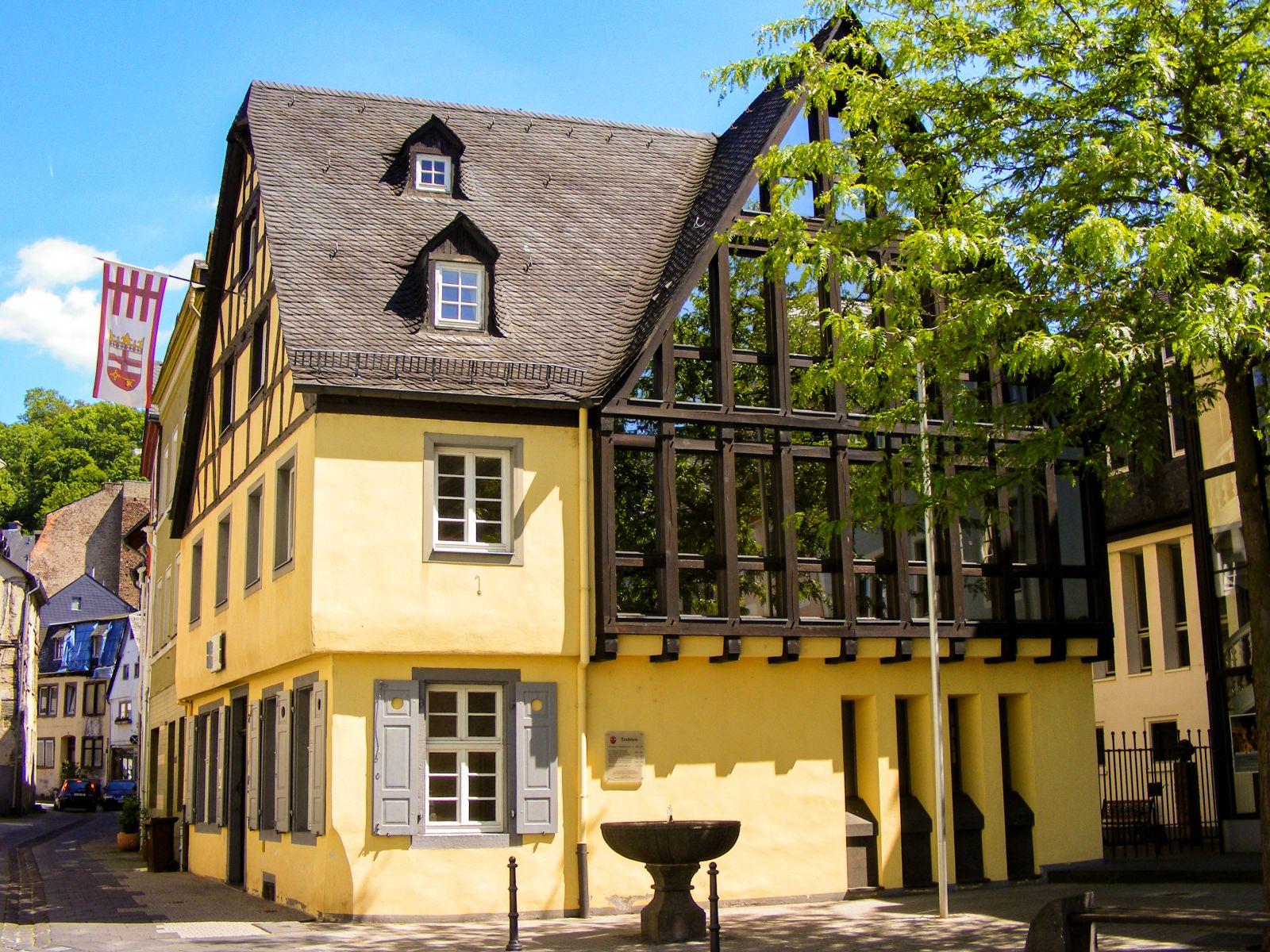
Our diverse range of museums
MOTHER-BEETHOVEN-HOUSE
The “Mutter-Beethoven-Haus” (Mother-Beethoven-House) was in the former home at Wambachstrasse 204 that the composer’s mother, Maria Magdelena, was born in 1746. Today, it also houses documents and letters of cultural figures of the period.
© Image Rights: Mozart Festival Würzburg – Oliver Lang, Richard Wagner portrait by Caesar Willich/Brahms portrait – WICM, Walther von der Vogelweide Codex Manesse – Heidelberg University, Mother Beethoven House – Koblenz Tourism/Singer

